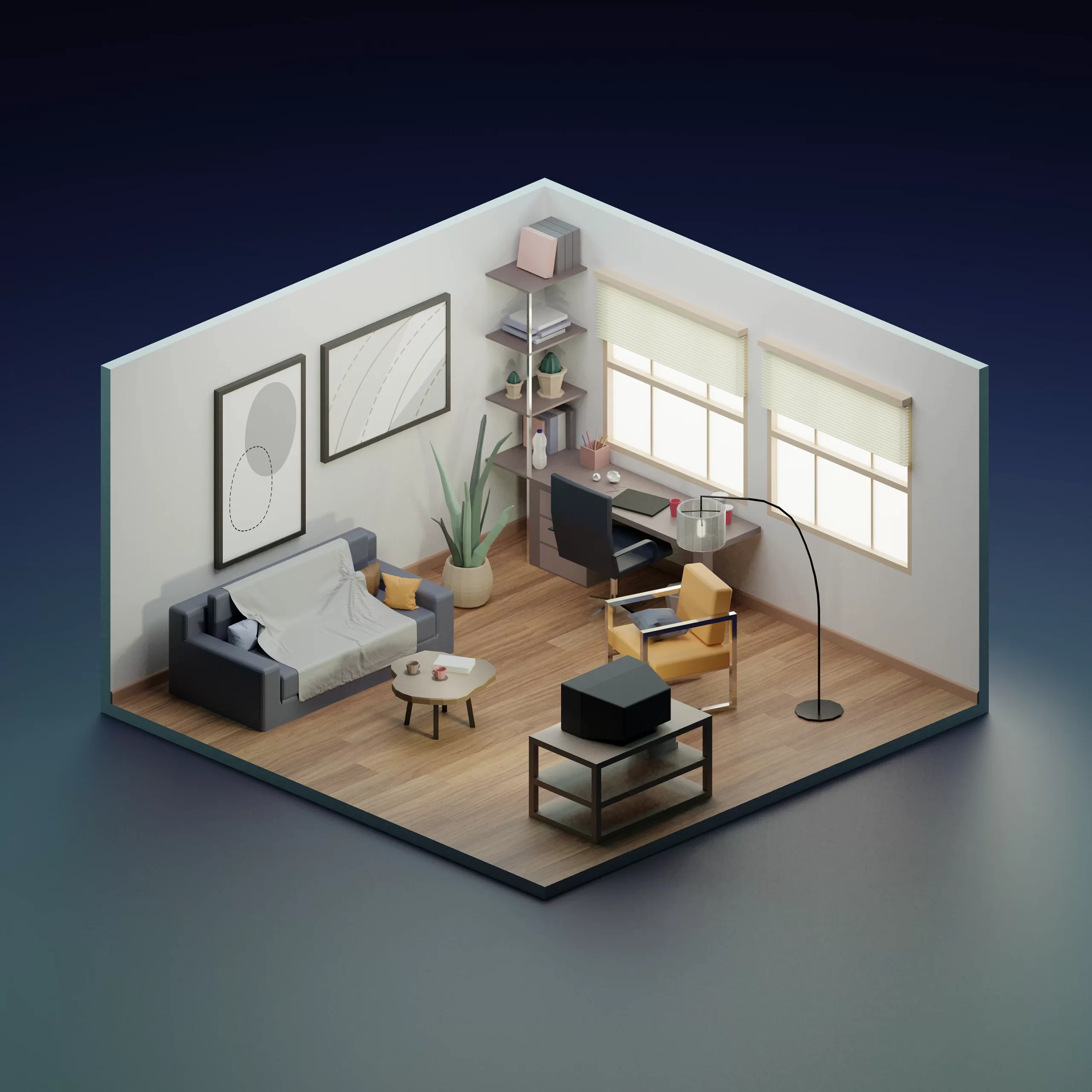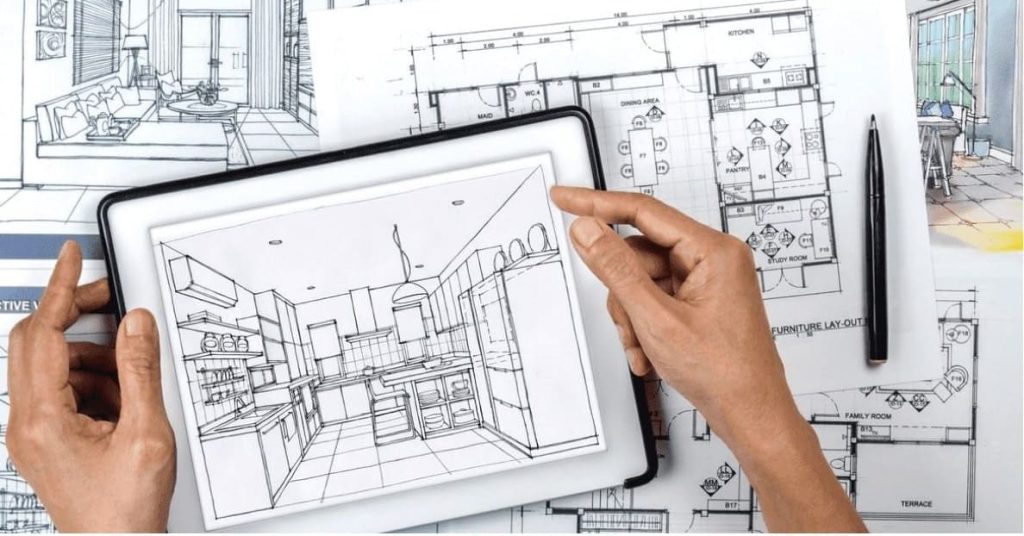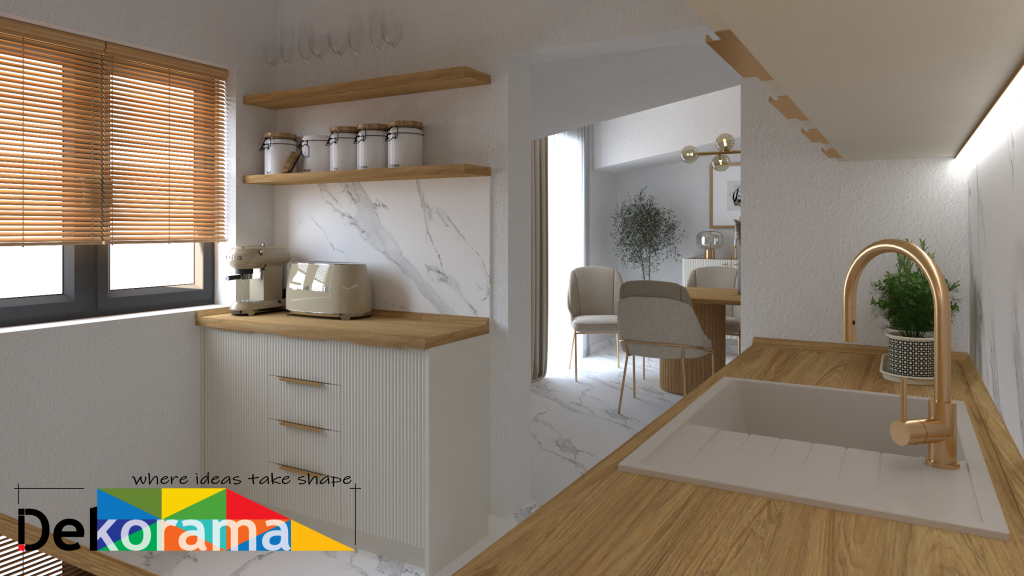
3D Interior Visualization: Why Prices Vary So Much
When it comes to 3D interior visualization, understanding the factors that impact pricing is crucial. Let’s break it down:
Who Creates the Visualization
Experience Matters: The skill level of the interior designer significantly affects the cost. A seasoned professional with an impressive portfolio will charge more than a hobbyist using tools like SketchUp. The skill level of the designer plays a pivotal role in determining the cost of 3D interior visualization. Here’s why:
- Professional Expertise: A seasoned professional who has honed their craft over years of practice brings a wealth of knowledge and creativity to the table. Their ability to understand design principles, lighting, materials, and spatial composition allows them to create visually stunning renders.
- Portfolio Impact: A designer with an impressive portfolio showcases their past work, demonstrating their capabilities. Clients are often willing to pay a premium for the assurance that their project is in capable hands.
- Efficiency: Experienced designers work efficiently, minimizing revisions and ensuring timely delivery. This efficiency can positively impact the overall cost.


Quality: Experienced interior designers deliver higher-quality work, which translates to better results for your project.
- Visual Realism: Experienced designers excel at achieving photorealistic results. Their attention to detail, realistic lighting, and accurate material representation elevate the final output.
- Client Satisfaction: High-quality renders resonate with clients, whether they’re homeowners, architects, or interior designers. A well-executed visualization enhances communication and decision-making during the design process.
- Long-Term Impact: Investing in quality pays off in the long run. A stunning visualization can attract clients, boost sales, and enhance your brand reputation.
Detail Makes a Difference:
- Basic vs. High-End: Simple renders are quicker and cheaper than photorealistic images with intricate details. Imagine the difference between a quick sketch and a finely detailed painting.
Project Complexity Matters:
Size: The size of your space matters. A small bathroom visualization will be less expensive than a sprawling multi-room project.
- Small Spaces: Visualizing a compact bathroom or a single room is generally more straightforward. Fewer elements and less square footage mean less time spent on modeling, texturing, and rendering.
- Large Spaces: Multi-room projects or expansive living areas require more detailed work. Larger spaces involve additional furniture, lighting, and architectural features, which contribute to higher costs.


Multiple Views, when clients need various angles and perspectives, it requires additional rendering time.
- Angles and Perspectives: If the client needs various views (such as different angles, close-ups, or panoramic shots), it affects the workload.
- 360-Degree Views: Providing a comprehensive view of the space requires rendering from multiple angles. Each additional view adds to the overall rendering time and cost.
- Interior Exploration: Clients often want to see how the design looks from different corners. These additional perspectives enhance communication but come with a price tag.
Customization, creating custom furniture or materials adds complexity and cost.
Unique Elements: Customization adds complexity and uniqueness to clients’ visualization. Here’s how it impacts cost:
- Custom Furniture: Designing bespoke furniture pieces or fixtures (such as custom-built cabinets or unique lighting) requires additional modeling and texturing work.
- Materials and Finishes: If clients want specific materials (e.g., marble countertops, exotic wood flooring), the artist must accurately represent them. This involves detailed texture mapping and material adjustments.
- Personalization: Tailoring the visualization to match clients’ vision involves extra effort. Whether it’s a custom color palette or unique decor, customization adds value but also increases costs.
Communication is Key
Clear Requirements & Detailed Brief: Clients providing a detailed brief with desired styles and revision expectations streamlines the process and can save money. A well-structured brief sets the foundation for a successful project. Here’s why:
- Clarity: Clients should clearly articulate their vision, goals, and requirements. Clients should describe the purpose of the visualization (e.g., client presentation – when selling an apartment, for planning furniture and decor, changing interior style, etc.).
- Style Preferences: Clients should specify the desired aesthetic—whether it’s minimalistic, luxurious, boho, Scandinavian, industrial, or cozy. Mention color palettes, materials, and any specific design elements.
- Functional Details: Clients could highlight functional aspects (e.g., lighting requirements, spatial flow, focal points) to guide the interior designer.
- Reference Images: Clients should include visual references (mood boards, existing designs, or architectural plans) to convey their expectations.
Revision Expectations: Clients need to be Realistic i.e., they need to understand that revisions are part of the creative process. However, clear expectations benefit both parties:
- Revisions are limited: We define the number of revisions upfront. Excessive revisions can prolong the project and increase costs.
- Timelines: It’s better to specify the turnaround time for revisions. Urgent changes may incur additional charges.
- We expect Specific Feedback from clients: Clients should provide precise feedback. Instead of saying, “I don’t like it,” explain what aspects need adjustment (e.g., lighting, material, composition).


Price Transparency at Dekorama
At Dekorama, we believe in upfront and transparent pricing. Explore our 3D visualization services and find the package that best suits your needs and budget: Dekorama 3D Visualization Services.
Price Range:
Industry prices typically range from €6/m² to €100/m², depending on the factors mentioned above. Knowing your specific requirements will help you find the best value for your budget.

0 comments